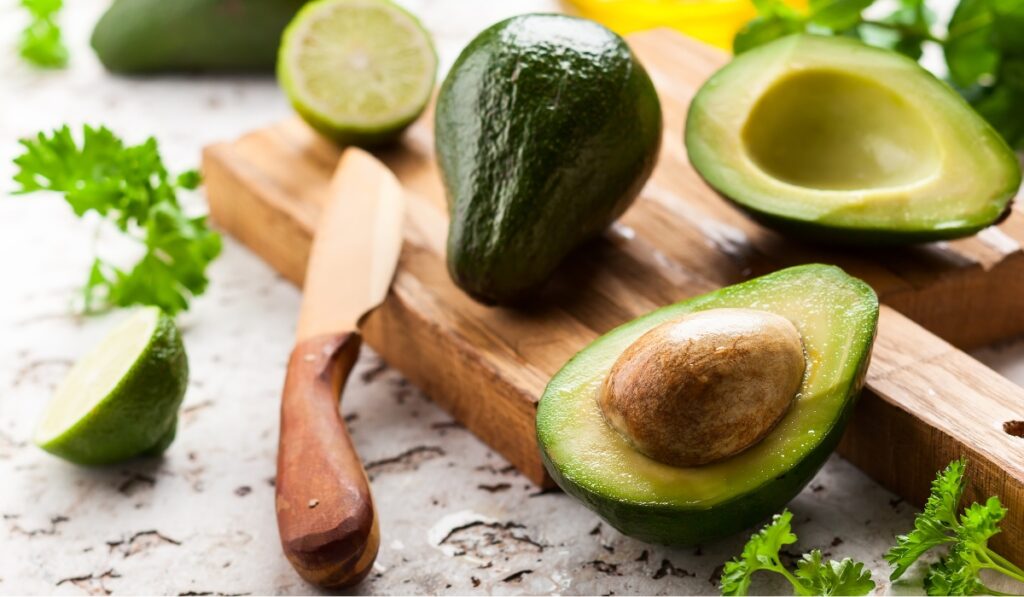Place a slice of steak on a preheated pan, wait for a minute, and savor the fragrance: this is the manifestation of the Maillard reaction, which, apart from the wonderful aroma, gives the meat a roasted flavor when cooked at high temperatures. This happens not only with meat. Some people mistakenly call this process “caramelization,” although caramelization is a completely different reaction. In reality, in the Maillard reaction, proteins, which are abundant in meat, play the main role.
Table of Contents
How was the Maillard reaction discovered?
The discovery of the Maillard reaction dates back to 1912 when a young French doctor and chemist, Louis Camille Maillard, investigated the interaction of amino acids with glucose and fructose. His goal was to explore the possibilities of synthesizing polypeptides. Conducting experiments with aqueous solutions of sugar or glycerin and amino acids, he discovered the formation of complex yellow-brown compounds. Maillard mistakenly took them for peptides and published the results in “Compte Rendu de l’Academie des Sciences.”
However, as often happens in scientific research, Maillard’s initial conclusions turned out to be incorrect. Experimental data did not support his assumptions. Nevertheless, Maillard continued his research and discovered the following year that the formed pigments were similar to the humic substances in the soil. They were not peptides, but something else.

Despite this, Maillard’s discovery was not duly appreciated during his lifetime. Only in 1946 did scientists return to studying this reaction. Today, we know much more about the Maillard reaction. It is not just one reaction but a complex of processes occurring simultaneously and sequentially without the participation of enzymes, giving a brown color. The main condition is the presence of carbonyl groups (in sugars, aldehydes, or fats) and amino groups (proteins). The variety of these reactions leads to the formation of numerous compounds of different structures, referred to as “advanced glycation end products.”
These include aliphatic aldehydes and ketones, as well as heterocyclic derivatives of imidazole, pyrrole, and pyrazine. These substances, being products of sugar-amine condensation, determine the color, aroma, and taste of products after thermal processing. The reaction is activated with an increase in temperature and is therefore particularly intense during boiling, frying, and baking.

What is the Maillard Reaction?
The Maillard reaction is a chemical process where amino acids, which make up proteins, interact with sugars at high temperatures, primarily forming glucosamine and then Amadori–Heyns rearrangement products. This process is characterized by complexity and a multitude of possible reactions, making it elusive and variable even for modern science.
The peculiarities of different amino acids interacting with sugars lead to the formation of various flavors and aromas. For example, red meat, rich in the amino acid cysteine, forms thiophenes and thiazoles when fried, making its taste distinct from chicken prepared in a similar way. Precisely because of this multitude of variations, it is not entirely accurate to speak of the Maillard reaction in the singular.
The Maillard reaction is significant not only in cooking but also in medicine, as it occurs in the human body and plays a key role in the development of certain diseases, such as diabetes and cataracts.
Temperature conditions also affect the Maillard reaction process. It begins at about 140 °C, and rapid and intensive heat exposure is necessary for its successful progress. Frying conditions, where the process occurs in a water-free environment and at high temperatures, create optimal conditions for the reaction. However, humidity can be an obstacle, as water on the product surface slows down the cooking process and lowers the temperature, which may prevent reaching the necessary temperature for the reaction of 140 °C.
How do you trigger a Maillard reaction?
To initiate the Maillard reaction and prepare the perfect steak, it is crucial to ensure the meat is absolutely dry. For this, it should be wiped with a kitchen towel and left at room temperature for some time. Additionally, oil applied to the surface of the meat ensures even heat distribution and forms a delectable crust.
The successful occurrence of the Maillard reaction can be identified by the golden-brown crust formed on the products. This process results in the formation of melanoidins, giving the product its characteristic color.
What is the difference between the Maillard reaction and caramelization ?
The Maillard reaction and caramelization are distinct processes that contribute to the browning and flavor development in foods.
- The Maillard reaction is a chemical interaction between amino acids and reducing sugars, typically occurring between 140°C and 165°C, and is pivotal for enhancing savory, roasted, and complex flavors in a variety of foods including meats and bread.
- Caramelization, on the other hand, is the thermal decomposition of sugars, starting at around 170°C, resulting in sweet, nutty, and buttery flavors, and is primarily employed in the preparation of desserts and candies. While both processes result in color development and are instrumental in culinary applications, they differ in the chemical reactions involved, the ingredients required, and the flavor profiles they create.
Learn More : What is the difference between the Maillard reaction and caramelization ?
Maillard Reaction Beyond the Kitchen
The Maillard reaction is not confined to cooking. It also occurs when using self-tanning products, where the active substance, dihydroxyacetone, reacts with the skin’s amino acids, forming melanoidins and simulating a natural tan. This method is frequently used by models and bodybuilders to quickly acquire a beautiful skin tone.
To Sum Up
In conclusion, it’s important to underline the diversity and significance of the Maillard reaction in various fields. This chemical process is key to forming unique flavors and aromas during the thermal processing of products, especially meat. The successful execution of the Maillard reaction requires adherence to specific conditions, such as the correct temperature and the absence of moisture on the surface of the products.
The differences between the Maillard reaction and caramelization are also an essential aspect, enabling a better understanding of how these processes influence the taste and aroma of products. While the Maillard reaction involves the interaction between amino acids and sugars, caramelization is associated with the thermal decomposition of sugars.
Besides cooking, the Maillard reaction plays a significant role in medicine and cosmetology, for instance, in self-tanning processes and the development of certain diseases. It exemplifies how chemical processes can impact various aspects of our lives, from the taste of food to the appearance of our skin.
The study and understanding of the Maillard reaction continue to be important for science, culinary arts, and medicine, allowing us to improve the quality of products, develop new treatment methods, and create cosmetic products.






